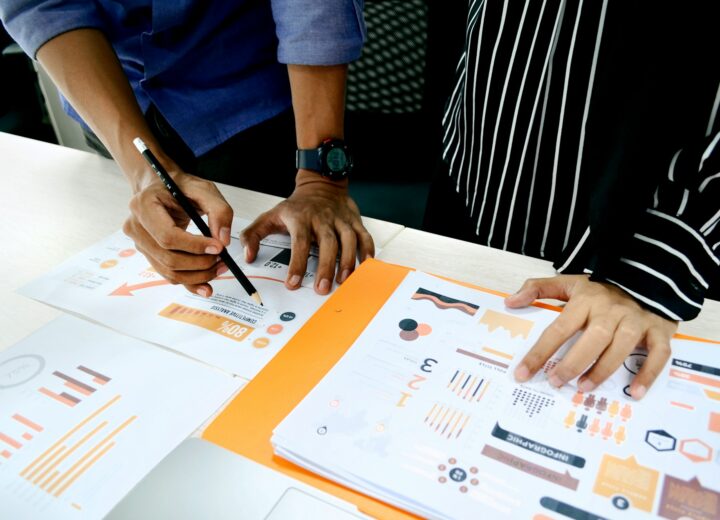As per a very recent report by USA Today, the prices of used cars have hit the lowest ever levels among the past consecutive four years. It says that the average price of used cars in the third quarter has been at $15,617, which is a 2.8% fall from the second quarter and a 0.9% fall from the third quarter last year. The journal has cited the increase in the sales of new cars, the car leases falling cheaper and the progress of the US economy as the primary reasons of this price-declination.
Now, if we apply George Akerlof’s theory of ‘Market for Lemons’ to this phenomenon, the exact process of this devaluation might be clearer to us. In the America of 60’s and 70’s, the word “lemon” popularly referred to those used cars which were defective, while “cherry” referred to those which were in a comparatively good condition. However, the customers of the used-car-market didn’t have complete information about the cars before purchasing. All they knew was that the market consisted of both lemons and cherries, but didn’t know exactly which ones were the lemons and which ones were the cherries.
So, the buyer set his maximum willingness to pay for an average quality used car, which was basically the mean of the prices for lemons and cherries. This naturally led the lemon-sellers to incur profits while the cherry-sellers to incur losses, further implying the withdrawal of the good-quality cars and the dumping of poor-quality cars to the market. For the customers now, the average quality of the used cars further deteriorated, following which their maximum willingness to pay was again revised downwards. And again, the relatively better cars dropped out of the market, while the quantity of lemons further increased, leading the customers to revise their expectations lower, and the cycle went on.
The inference from the above is that due to asymmetric information of the buyers about the quality of the commodities, the overall quality and the price fall. In other words, “bad drives out the good”.
The same is occurring at present. The increase in the production of new cars and the car leases getting cheaper are causing better-off people to dump their old cars for re-sale. On the other hand, with the escalation of the economy, the previously worse-off people are selling off their old second hand cars and are getting newer ones instead. Again, there is this strata of citizens who are buying third and fourth hand cars also. So, basically, the customers of the used car market are dealing with a more diversified range of quality, when there is actually a huge supply of newly manufactured cars. Thus, the expected prices of the used cars fall really low, explaining the present situation.





